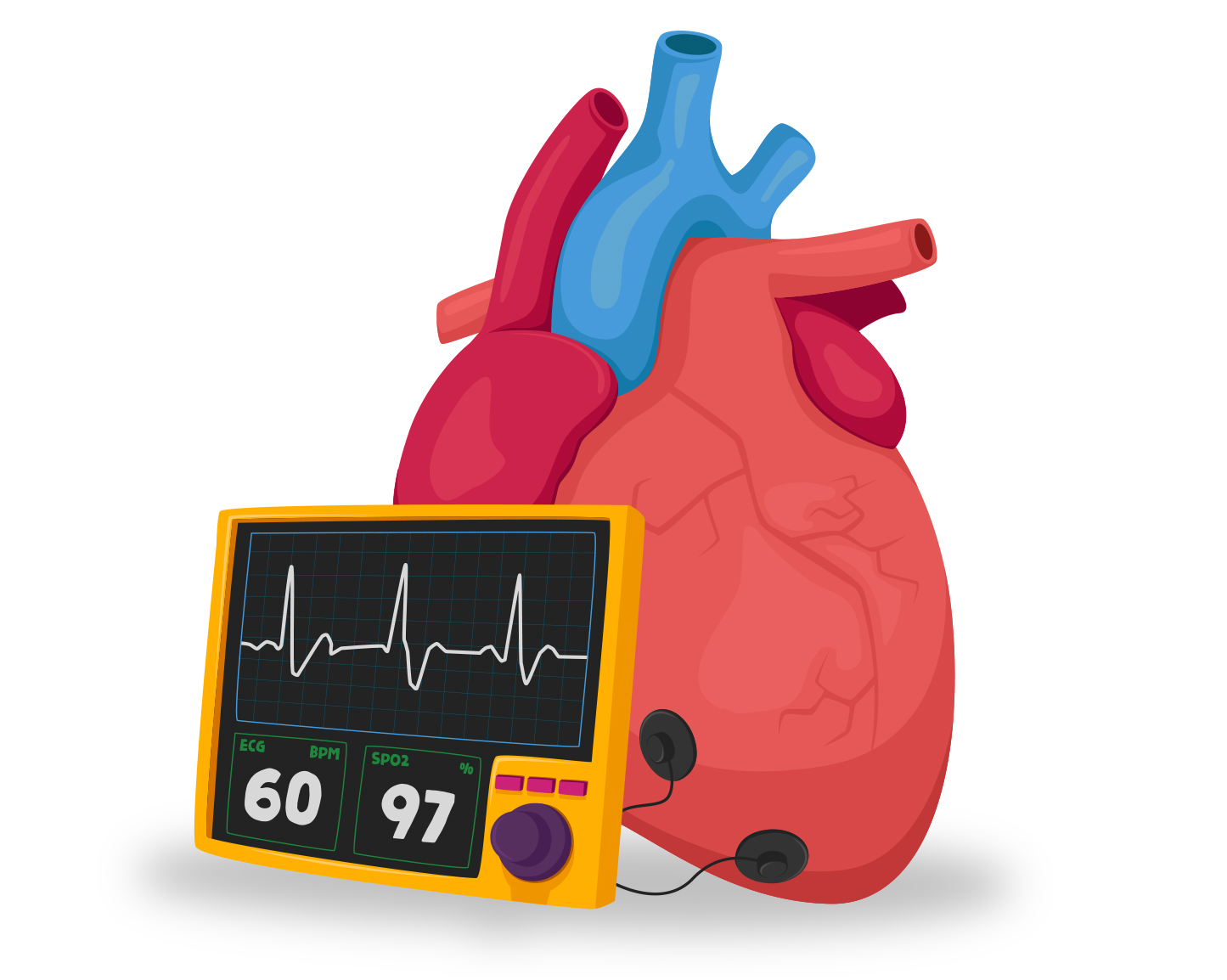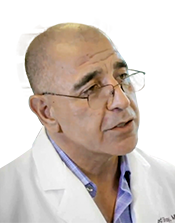
Throughout, and even following the COVID-19 pandemic as healthcare resources were stretched thin, the ability to provide essential care outside of the four walls of the hospital was not only critical but also lifesaving. By managing care for at-risk patients in their homes with technology such as telehealth and remote patient monitoring (RPM), providers were able to reduce the risk of infection for patients and staff while efficiently and effectively managing their patient’s acute and chronic conditions.
While the pandemic was the primary force behind the rapid adoption and implementation of RPM, there is a large body of evidence that demonstrates its ability to expand access to care and improve health outcomes, for example:
- A study published in Hypertension found that for individuals with uncontrolled hypertension, remote monitoring could reduce heart attack and stroke rates by 50% when compared to usual care and self-monitoring alone.
- In addition, a report from KLAS research surveyed 25 healthcare organizations and found that RPM was associated with a 38% reduction in readmissions, a 25% reduction in ER visits, a 25% increase in patient satisfaction, and a 17% reduction in costs.
- A cost-utility analysis published in the Journal of American Medicine Association highlighted research that found RPM could potentially be associated with 87% fewer hospitalizations, 77% fewer deaths, and reduced per-patient costs of $11,472 over standard care.
Although the benefits of RPM are well-established, when combined with the power of artificial intelligence (AI), its potential goes far beyond. The use of AI and RPM in the application of a virtual health assistant utilizes natural language processing technology to understand and process information from conversations accordingly. When AI-enabled RPM is used in this way, it can successfully help patients with adherence and significantly improve care delivery in the following areas:
- Higher patient adherence – One challenge with remote monitoring adherence is that some patients lack the support or motivation to effectively utilize RPM, and many practices do not have the extra staff and time to ensure patients are staying compliant. This can be an obstacle for providers who want to incorporate RPM into their patient’s care plan. Additionally, if a patient does not take 16 or more readings per month, the service will not be covered by Medicare. With AI-enabled RPM, a virtual health assistant sends regular communications on behalf of the practice reminding patients to take their readings and offering encouragement and support. This helps boost the number of readings a patient takes and improves overall adherence, resulting in higher patient retention.
- Increased efficiency– Higher patient adherence results in more regular readings that leads to more accurate and meaningful data for the provider. Equipped with this critical health information, providers can make more informed care decisions that help them better calibrate treatment based on their patients’ needs. Clinicians do not need to spend nearly as much time requesting health status information or waiting until the next office visit to receive and review the data. This continuous stream of information between the patient and provider brings the most critical cases to the forefront to help facilitate more timely interventions.
- Improved outcomes– Chronic conditions often require to regular adherence to medication, exercise, and treatment plans. By utilizing AI-enabled RPM, providers gain better insight into their patient’s overall health. They can identify trends and potential issues that result in earlier interventions, fewer hospitalizations, and more comprehensive care. Research has demonstrated significant improvements to patient health metrics with the use of AI-enabled RPM, including reductions in blood pressure, blood glucose, and weight loss. An analysis of more than 18,000 Medicare patients across 350 practices found the following results:
- -4.7 mmHg average reduction in blood pressure for hypertensive patients at 180 days
- -7.5 mg/dL average decrease in blood glucose for diabetic patients within 180 days
- -8.2 lbs. average 90-day weight loss for patients weighing more than 286 lbs.
While the pandemic may have expedited the rise of remote patient monitoring, there is little doubt that the post-pandemic future will consist of more at-home care, and AI-enabled RPM will play a significant role in making care at home a reality for many more patients.





